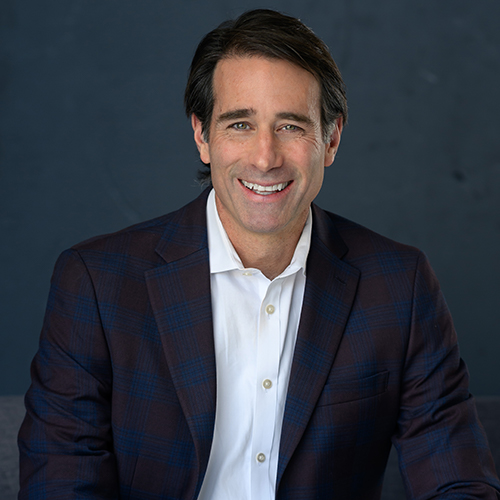In the News
Stormwater Master Plan also on hold until Baton Rouge secures matching fundsStormwater Master Plan also on hold until Baton Rouge secures matching funds
Washington, DC,
June 19, 2019
|
By Stephanie Riegel
Baton Rouge Business Report
While officials in the Broome administration try to find a source of matching funds—some $2.1 million a year for 30 years—needed to draw down a $255 million federal windfall earmarked for five, local drainage projects known as the East Baton Rouge Parish Flood Control Project, they're also trying to secure the matching funds needed to get a Stormwater Master Plan underway. Broome announced the $15 million plan in July 2017, promising it would deliver a thorough review of Baton Rouge's existing drainage systems, including an evaluation of regional drainage capacity. In September 2017, HNTB was awarded a contract to create the comprehensive plan and do computer modeling. But nearly two years later, the project is on hold because—much like the EBR Flood Control Project—the required local match of $3.75 million is more than the parish can afford. Congress has been generous with Louisiana and its need for flood control funding, thanks to the efforts of U.S. Rep. Garret Graves and other members of the state Congressional delegation. Since the 2016 floods, Congress has appropriated some $4.65 billion for Louisiana recovery and mitigation projects, old and new. The Capital Region alone is in line to receive more than half of that largesse, provided it can come up with matching money for some of the programs. In the case of the EBR Flood Control Project, which targets construction work on five key bayous and drainage canals, finding the $2.1 million local match is proving more problematic than one might assume, and the state has so far refused to help out. In the case of the Stormwater Master Plan, the issue is slightly different, though no less frustrating for those anxious to start work. FEMA has approved $11.25 million for the project, which covers 75% of the cost, but the parish still has to provide the 25% match of $3.75 million. Perhaps surprisingly, a source for those funds has been identified in the form of U.S. Housing and Urban Development Community Development Block Grant funds. Assistant Chief Administrative Officer Kelvin Hill says curious as it sounds, the feds have approved using the CDBG money for the local match. But HUD has not yet issued the rules detailing how exactly the funds can be spent. "FEMA and HUD have said the CDBG funds can be used in some situations but we're waiting on it to come through," Hill says. "Once it does we will have the funding to complete the project." But it's unclear when HUD will release the rules, and it could be months. Some had hoped the guidelines would be included in the rules HUD issued June 14, clearing up a duplication of benefits issues facing victims of the 2016 flood. But the guidelines didn't address the CDBG money. Graves says he's confident the feds will end up paying for 100% of the project, between the FEMA money and the matching CDBG funds. It's just a question of when, and as Hill says, "until we get the money, we can't move forward." |



